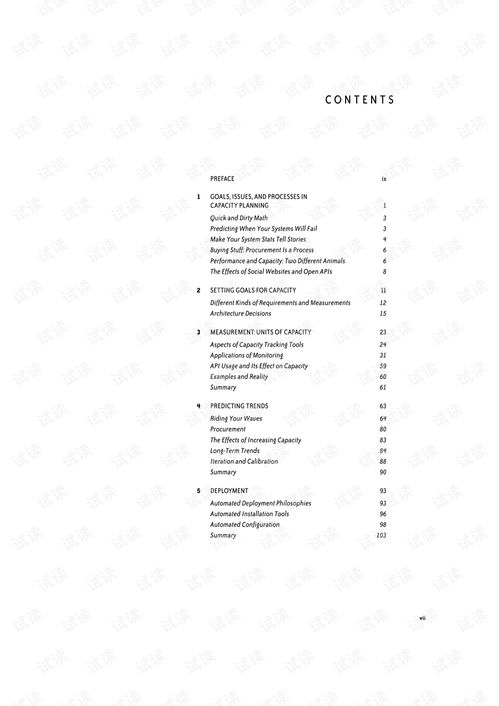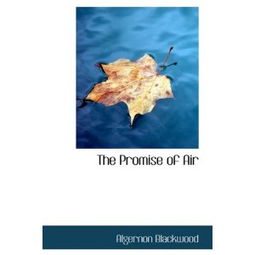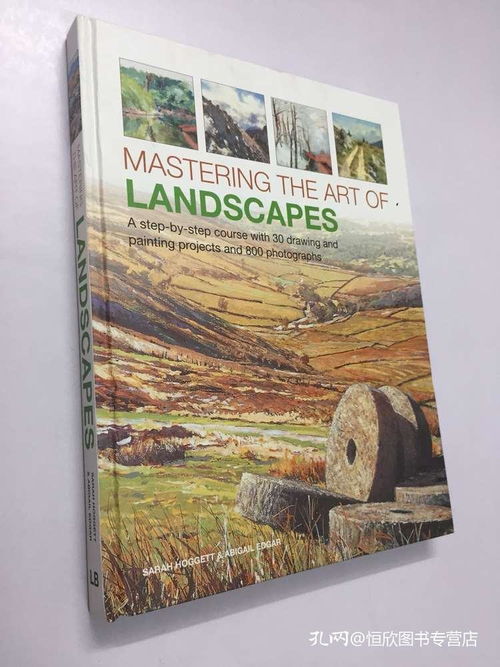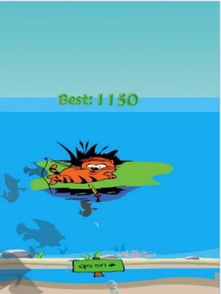Content:
In the age of social media, sharing your fishing adventures through short video clips has become a popular way to connect with fellow anglers and showcase your skills. Whether you're looking to create engaging content for your YouTube channel, Instagram stories, or TikTok, mastering the art of fishing video shooting is crucial. Here are some essential tips to help you capture stunning short clips that will have your audience hooked.
Plan Your Shot
Before you start filming, take a moment to plan your shot. Think about the key moments you want to capture, such as the moment you cast your line, the struggle with a big catch, or the serene beauty of the fishing spot. Having a clear idea of what you want to film will help you stay focused and ensure you capture the most important moments.
Use the Right Equipment
Investing in the right equipment can make a significant difference in the quality of your fishing video clips. Here are some essential tools to consider:
- Camera: A high-quality action camera like a GoPro or a smartphone with a good camera can be ideal for capturing your fishing adventures.
- Tripod: A tripod will help stabilize your shots, especially when you're in a moving boat or trying to keep the camera steady while casting.
- Microphone: If you're planning to include audio, a waterproof microphone can help capture clear sound without the interference of wind noise.
- Floatation Device: If you're filming in the water, consider using a floatation device for your camera to prevent it from sinking.
Frame Your Shots
Good composition is key to engaging video content. Here are some tips for framing your shots:
- Rule of Thirds: Divide your screen into nine equal parts by drawing two horizontal and two vertical lines. Place the most important elements of your shot along these lines or at their intersections.
- Close-ups: Use close-ups to capture the details, like the action of your lure or the fish's reaction to it.
- Wide Shots: Include wide shots to show the context of your location and the environment around you.
Keep it Steady
Shaky footage can be distracting and unprofessional. Here are some ways to keep your shots steady:
- Use a Tripod: As mentioned earlier, a tripod is your best friend for stable shots.
- Gimbal: If you want more flexibility, consider using a gimbal to stabilize your camera movements.
- Handheld Techniques: If you're filming handheld, try to hold the camera with both hands and keep your elbows close to your body for stability.
Capture Sound
Sound is just as important as visuals in a fishing video. Here are some tips for capturing good audio:
- Use a Waterproof Microphone: This will help you capture clear audio without the interference of wind noise.
- Record Audio Separately: If possible, record your audio separately and then sync it with your video in post-production for better quality.
- Keep the Microphone Close: Position the microphone close to the action to capture the sounds of the fish biting and the water.
Post-Production
Once you've captured your footage, it's time to edit it. Here are some post-production tips:
- Trim Unnecessary Footage: Remove any clips that don't add value to your story.
- Add Music: Background music can enhance the mood of your video and keep viewers engaged.
- Use Transitions: Transitions can help to smoothly move from one shot to another, but use them sparingly to avoid distracting the viewer.
- Adjust the Speed: Consider using slow-motion to highlight key moments or fast-motion to give a sense of the passing time.
Share and Engage

Finally, once your video is ready, share it on your preferred social media platforms. Engage with your audience by responding to comments, asking for feedback, and encouraging them to share your video with their friends.
By following these tips, you'll be well on your way to creating engaging and high-quality fishing video clips that will captivate your audience and share your passion for the sport. Happy filming!












